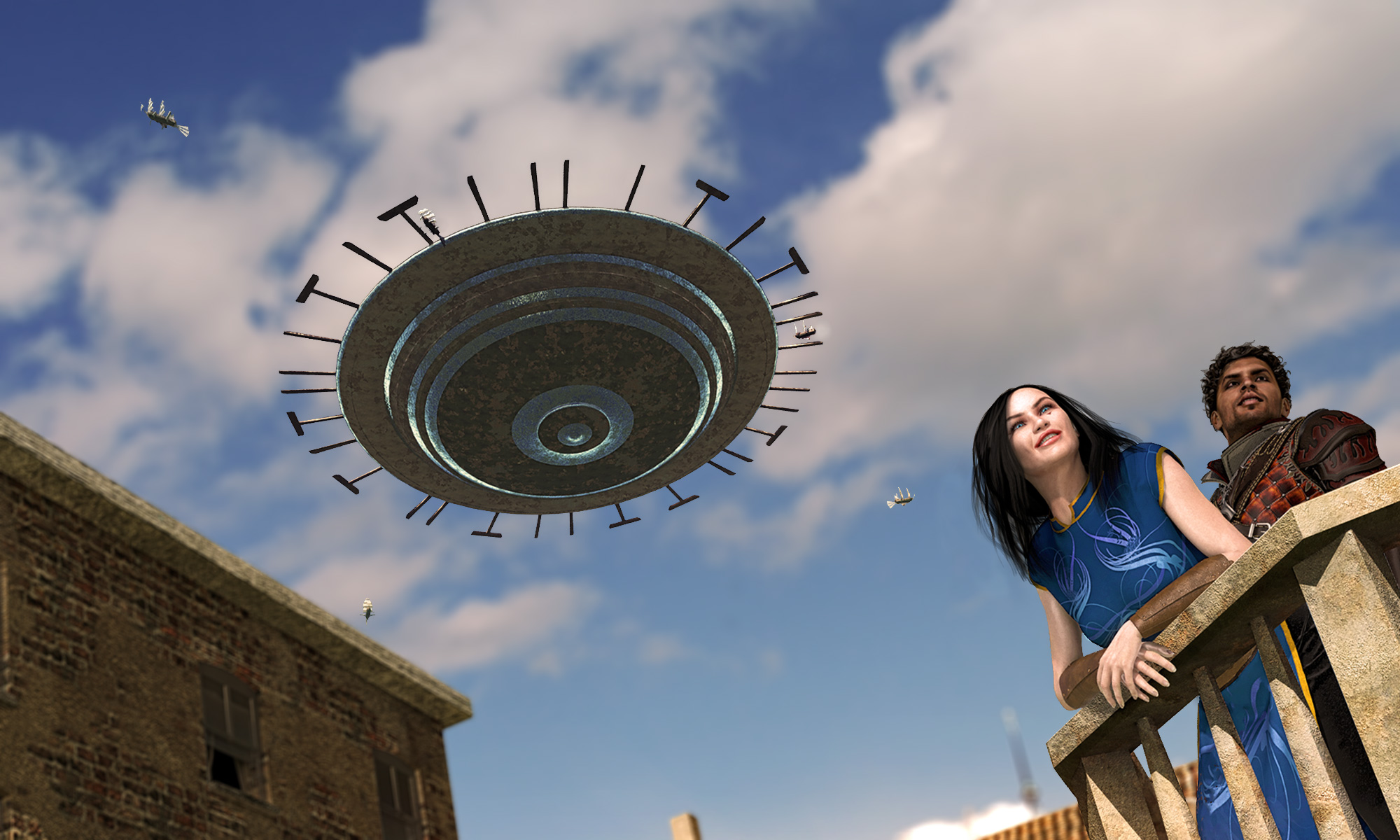In a recent BLOG POST, I touched upon Time Travel as a technology or mechanism that could be introduced into a Shadow World campaign. Tricky, right?
A lot has been written on time travel in RPG’s and if you have ever allowed it in your game you know it can generate great adventures but create a lot of hassles as well. Some suggested solutions are only allow travel into the past, time travel only occurs in alternate timelines that don’t affect the current one or there are side effects to encountering yourself in the past etc.
I mentioned a few mechanisms to introduce time travel or time manipulation during game play:
- Portals. These can be used not just to transport over distances but over time as well. Several gateways Terry describes in Emer Addendum hint at such a power.
- Flow Storms/Foci. Want to change things up? Add a Time jump into the effects of an Essaence effect. Not only can you send the players to another interesting time/place but you create a whole adventure path if they want to return to their own time.
- Spells. Spell Law never introduced Time related spells, but I think some were added in a companion? (citation needed). I posted up our Time Mastery spell list on the RM Forums. The list is a work in progress–and very powerful in some aspects and very limited in others. A couple of spells take some work and ingenuity on the GM’s part:
6. Time Jump I – Caster can “jump” 1 rnd/lvl into the past or future.
I thought of only allowing the caster to jump into the future–that’s an easy solution where the caster is basically “out of play” for the # of rounds. But that’s not really useful unless it’s just used to avoid a impending bad situation. So how do you handle a caster going back X rounds into the past? First you have to realize that there will be 2 casters for X of rounds (then the other will cast the spell and go back into time and everything is back to normal). One option is to have the PC announce that they will be casting the spell in the future and then they can play 2 versions of themselves for those set number of rounds. One issue is that the original caster may not survive or be able to cast the Time Jump spell in the future… One resolution is to qualify that time travel creates a new timeline and that this new timeline might not end up the same way. That also means that there will be 2 casters permanently in this new timeline. Interesting…
This spell gets much simpler at higher levels when a caster can travel forward or back years or decades and thus removes the problem of 2 casters or travelling such a short time that the other “self” is present.
8. Time Bubble I – Caster is enclosed in a unmoving time singularity. He can either slow time by 1/2 or speed time by x2 during the duration. The caster cannot interact with anything outside the bubble or vice versa.(no causality). Perception is modified by the time difference(slow inside will make outside activity appear hyper fast, etc.)
Time Bubble is a more useful and less complicated time spell. Basically the Caster is demising themselves from the current timeline and either speeding up or slowing down time within that bubble. This allows the caster to create extra time to heal, prepare another spell or just get away from a dangerous situation. The bubble wall is inviolate. (Unless someone else has Time Merge to cross into the bubble.)
15. Time Stop I – Target up to MEDIUM size is enclosed in a time singularity where time is stopped. No information(visual or otherwise) can pass through the barrier.
A useful spell, it’s basically a version of Time Bubble that can be cast at a distance on a target–basically freezing the target for the duration of the spell. This does not slow or speed up time within the bubble but stops it completely. For a group, this would allow them time to prepare, heal or buff against a troublesome foe.
But Time Travel doesn’t have to be literal. Here’s the thing–one of the great parts of Shadow World is the immense timeline. It’s a great read, adds a lot of depth to the world building, but most of it will be lost on players: I’ve read it A LOT and I can’t keep track of most of it!So when people ask WHERE they should start a SW campaign I say how about “WHEN”? Want a hack ‘n slash one-off adventure? Introduce the PC’s to a battle during the Wars of Dominion. Want a mixed genre sci-fi/fantasy campaign? Start during the interregnum and have the PC’s be Worim, Taranian or Jinteni characters with technology and interacting with the fantastical creatures of SW.
So many possibilities–anyone play around with Time Travel in their game?


![The Crimson Queen by [Hutson, Alec]](https://images-na.ssl-images-amazon.com/images/I/517gjCpz-dL.jpg)






